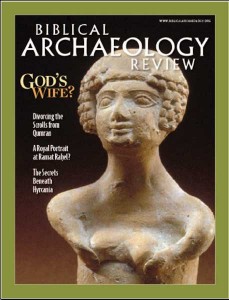
In service to the god Thoth, the patron god of writing, an Egyptian scribe sits in a traditional pose with papyrus at the ready on his lap. This greywacke figurine was probably part of a votive offering to Thoth. Dating from the reign of Amenhotep III (1391–1353 B.C.), this 2.5-by-2.5-inch figurine depicts a fortunate and highly valued person in Egyptian history. Scribes were exempt from manual labor and they received a rigorous education few Egyptians experienced.
The hieroglyphs they were taught to write were divine (the Egyptian phrase for hieroglyph translates “Divine Word”), and their job was to record for all eternity the stories and records of the Egyptian people. Being among the literate elite of a mostly illiterate population often allowed scribes to become even more elevated members of society. One scribe even became pharaoh: Horemheb, the last pharaoh of the 18th Dynasty, who was the royal scribe and commander-in-chief to King Tutankhamen.
Figurines such as this have been found throughout Egypt; this one unfortunately is of an unknown provenance. It is currently on display at the Detroit Institute of Arts.
Already a library member? Log in here.
Institution user? Log in with your IP address.

